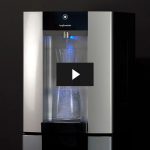History of Legionella
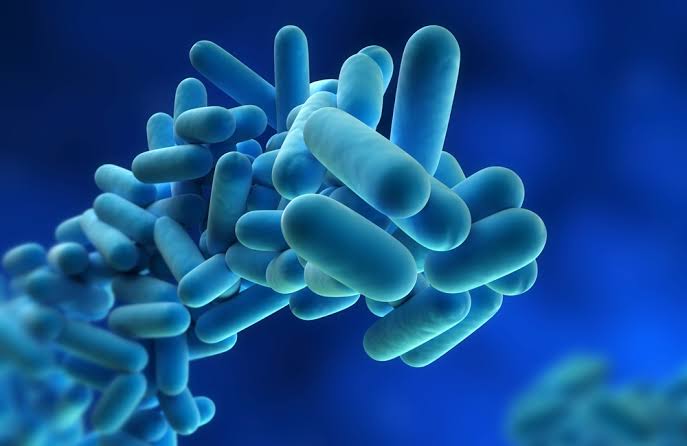
What is Legionella bacteria?
Legionella is a genus of bacteria that includes several species, but the most well-known and pathogenic one is Legionella pneumophila. This bacterium is responsible for causing Legionnaires’ disease, a severe form of pneumonia, and Pontiac fever, a milder flu-like illness.
The history of Legionella involves the discovery of the bacteria, the identification of Legionnaires’ disease, and efforts to understand and control its spread and it was a pivotal moment in understanding waterborne diseases and the role of bacteria in respiratory infections.

Discovery of Legionella
The discovery of Legionella is closely linked to the identification of the bacterium responsible for the outbreak of a mysterious illness during an American Legion convention in Philadelphia in 1976, where a large number of American Legion members gathered for a convention at the Bellevue-Stratford Hotel.
Shortly after the convention, attendees began to exhibit symptoms of a severe respiratory illness, including high fever, chills, cough, and pneumonia and some cases even proved fatal.
In response to the outbreak, the Centers for Disease Control and Prevention (CDC) launched an investigation to identify the cause of the mysterious illness.
Dr. Joseph McDade, a microbiologist at the CDC, led the team of researchers involved in the investigation, the team isolated a previously unknown bacterium from the lung tissue of deceased Legionnaires and named it Legionella pneumophila, deriving from the group it initially affected.
The bacterium was identified as the causative agent of the illness, which came to be known as Legionnaires’ disease.
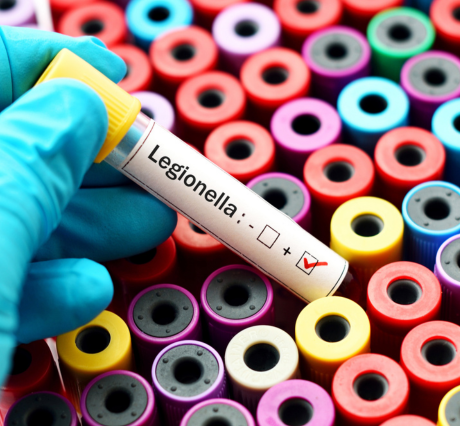
Legionnaires’ disease is a severe form of pneumonia, and it was discovered that the bacteria were transmitted through the inhalation of water droplets contaminated with Legionella.
Epidemiological investigations traced the source of the Legionella bacteria to the air conditioning system in the hotel where the convention took place. It was found that the bacterium had colonised the cooling towers.
The discovery of Legionella highlighted the potential dangers of waterborne bacteria in various settings, particularly in complex water systems.
How does Legionella develop?
It’s commonly found in natural fresh water environments such as rivers and lakes, although it becomes a concern when it colonises in human-made water systems. Common hot spots for Legionella include hot water tanks, plumbing systems, air conditioning units, humidifiers and other water systems where the temperature is conducive to bacterial growth.
It’s more likely to thrive in warm water environments, with the optimal temperature for Legionella growth being between 77°F to 108°F (25°C to 42°C).
Legionella is known to form biofilms, which are thin layers of microorganisms that attach to surfaces in water systems. They provide a protective environment for Legionella, helping the bacteria to resist disinfection measures and harsh environmental conditions.
In order to grow, Legionella requires certain nutrients, organic matter and sediment, which can be present in water.
It poses a risk to humans when it becomes aerosolised, meaning it forms tiny droplets that can be inhaled. Water systems which generate aerosols, such as cooling towers, showers or air conditioning units can be at risk of containing Legionella.

What symptoms does it cause?
Legionnaires’ disease, caused by the bacterium Legionella pneumophila, presents with symptoms that are similar to severe pneumonia. The symptoms can range from mild to severe, and in some cases, the disease can be life-threatening.
Pneumonia like symptoms, such as high fever, coughing, shortness of breath and chest pain.
Systemic symptoms such as headaches, muscle aches, fatigue and chills.
Gastrointestinal symptoms, such as nausea and vomiting.
Neurological symptoms, such as confusion and cognitive impairment.
The incubation period for Legionnaires’ disease is usually 2 to 10 days after exposure to the Legionella bacteria.
Who is more at risk when contracting legionella?
Certain groups of people are at higher risk of developing severe illness from Legionella infection. These include those over the age of 50, smokers, individuals with weakened immune systems, people with chronic lung diseases or respiratory conditions, and those undergoing immunosuppressive treatments or organ transplant recipients. Additionally, individuals with underlying health issues like diabetes or recent major surgery may be more susceptible. While anyone can contract Legionella infections, these factors elevate the likelihood, emphasising the importance of awareness and preventive measures in vulnerable populations.
Preventative measures against Legionella
Preventing Legionella infections involves implementing measures to control the growth and spread of Legionella bacteria in water systems. Some preventive measures include:
Maintaining appropriate water temperatures, keeping hot water heaters at temperatures of at least 140°F (60°C) to inhibit Legionella growth. Cold water should be maintained at temperatures below 68°F (20°C).
Regular cleaning and disinfection is also important, implementing routine cleaning of water systems and ensuring that water storage tanks and pipes are free of sediment and biofilm.
At Borg & Overstöm, we have developed the latest advancement in hygienic drinking water unlike bottled water coolers which can sit in the sun and harbour bacteria, such as Legionella.
The Borg & Overström E6 Chilled Only has a unique, shortened, single water pathway, designed to eliminate the risk of dead-legs where bacteria, such as Legionella, can harbour, whilst integrated Viovandt® enhanced UV-C technology utilises eco-efficient LEDs to purify the water with maximum germicidal efficacy, effectively controlling against the spread of infections without the need for chemical treatments.
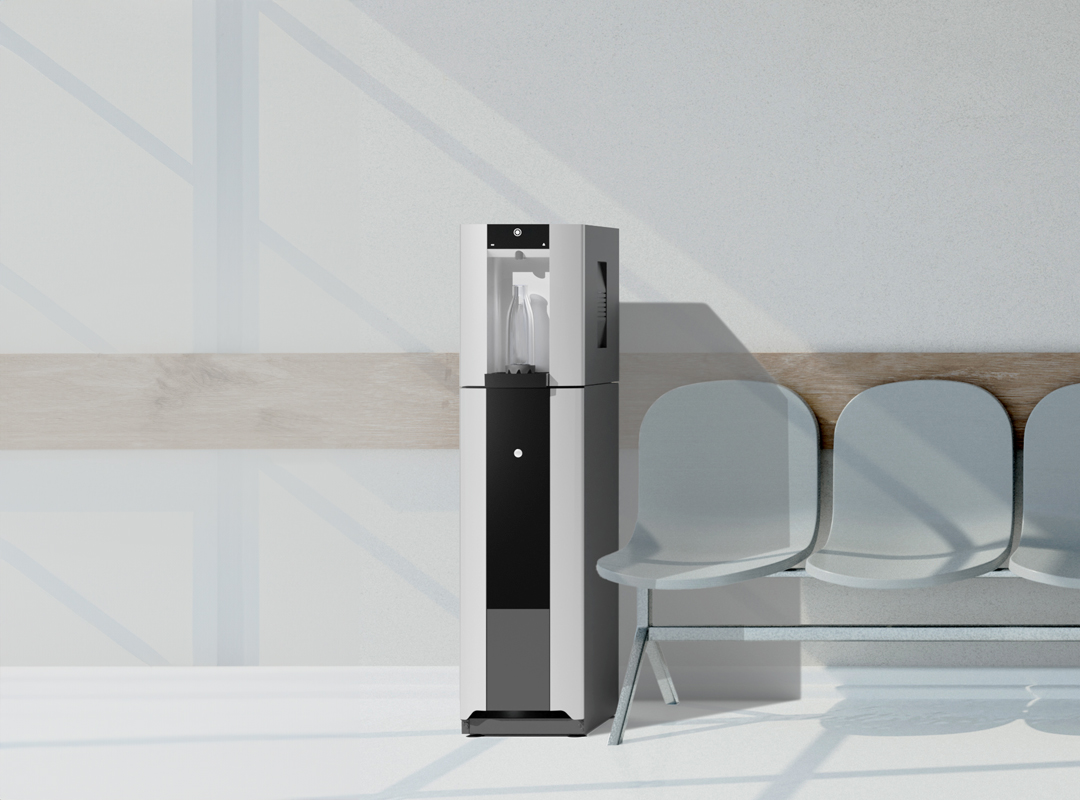
Built for the demands of high-touch environments, the E6 Chilled Only drinking water dispenser features Totality® hygiene assurance, for a complete approach to clean, healthier water. Utilising the latest technology, this unique 5-step methodology includes carbon-free filtration and antimicrobial surface protection, reducing the risk of contamination in communal areas. From innovative touch-free dispense, to airless, rapid DryChill® cooling technology and Sterizen® sanitisation, Borg & Overström dispensers mitigate sources of infection and contamination at every stage, for confidently clean water.

- Distributor stories: Introducing the E6 Chilled-only to Kings College Hospital, London with FreshGround

- The evolution of hospitality: From bottled water to sustainable solutions
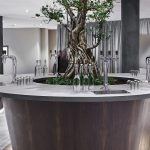
- Designing for an energy-efficient workplace: top 5 implementations

- Supporting water stewardship, one drinking water dispenser at a time

- The sparkling evolution: Growing trend of carbonated water
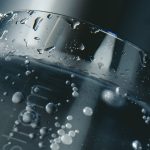
- A Walkthrough of the E6 Chilled Only
